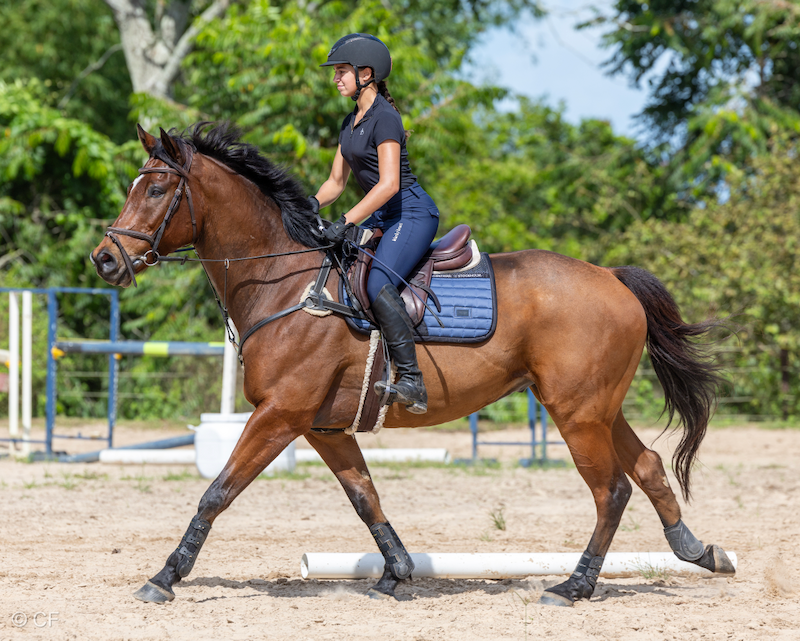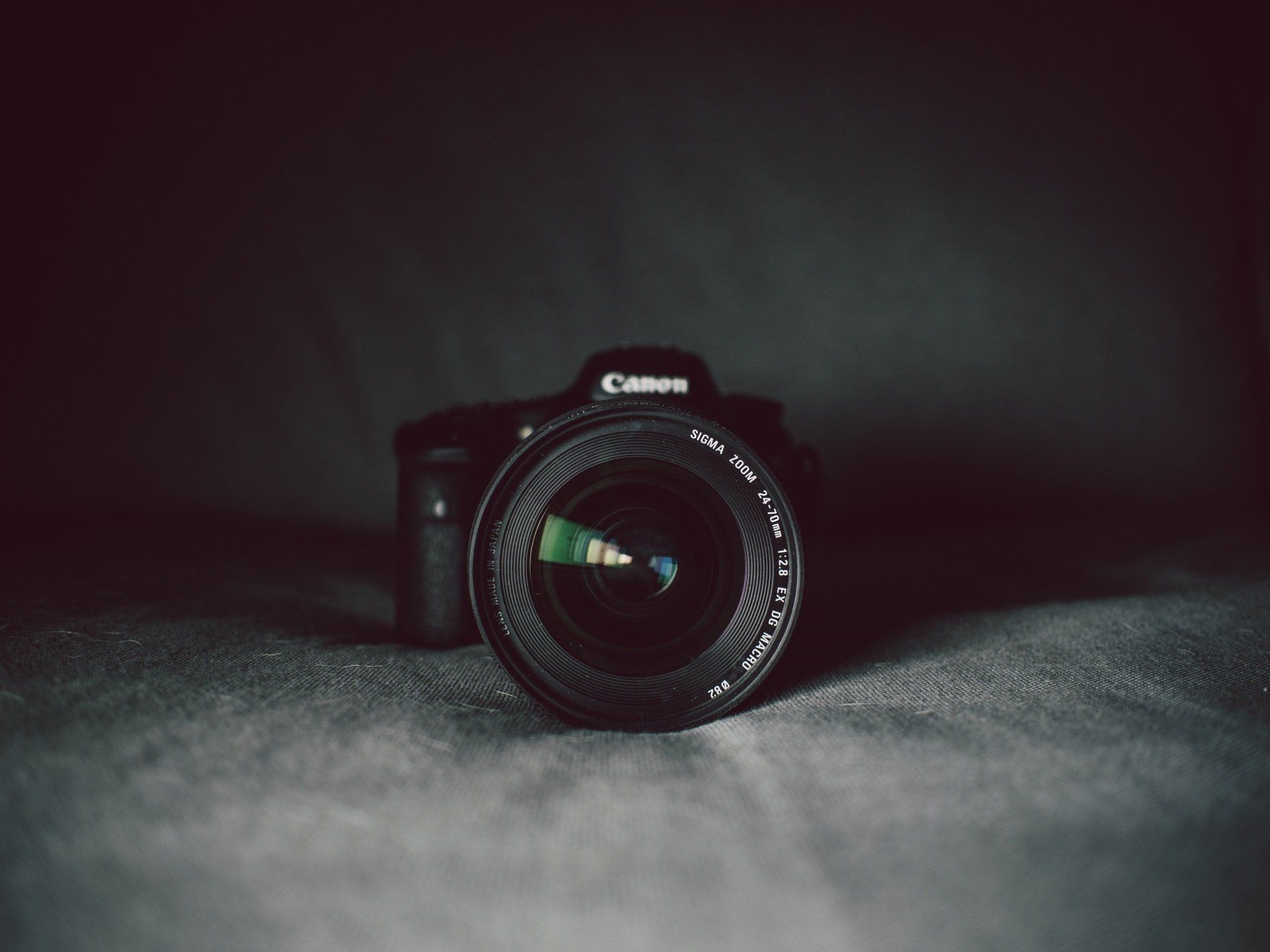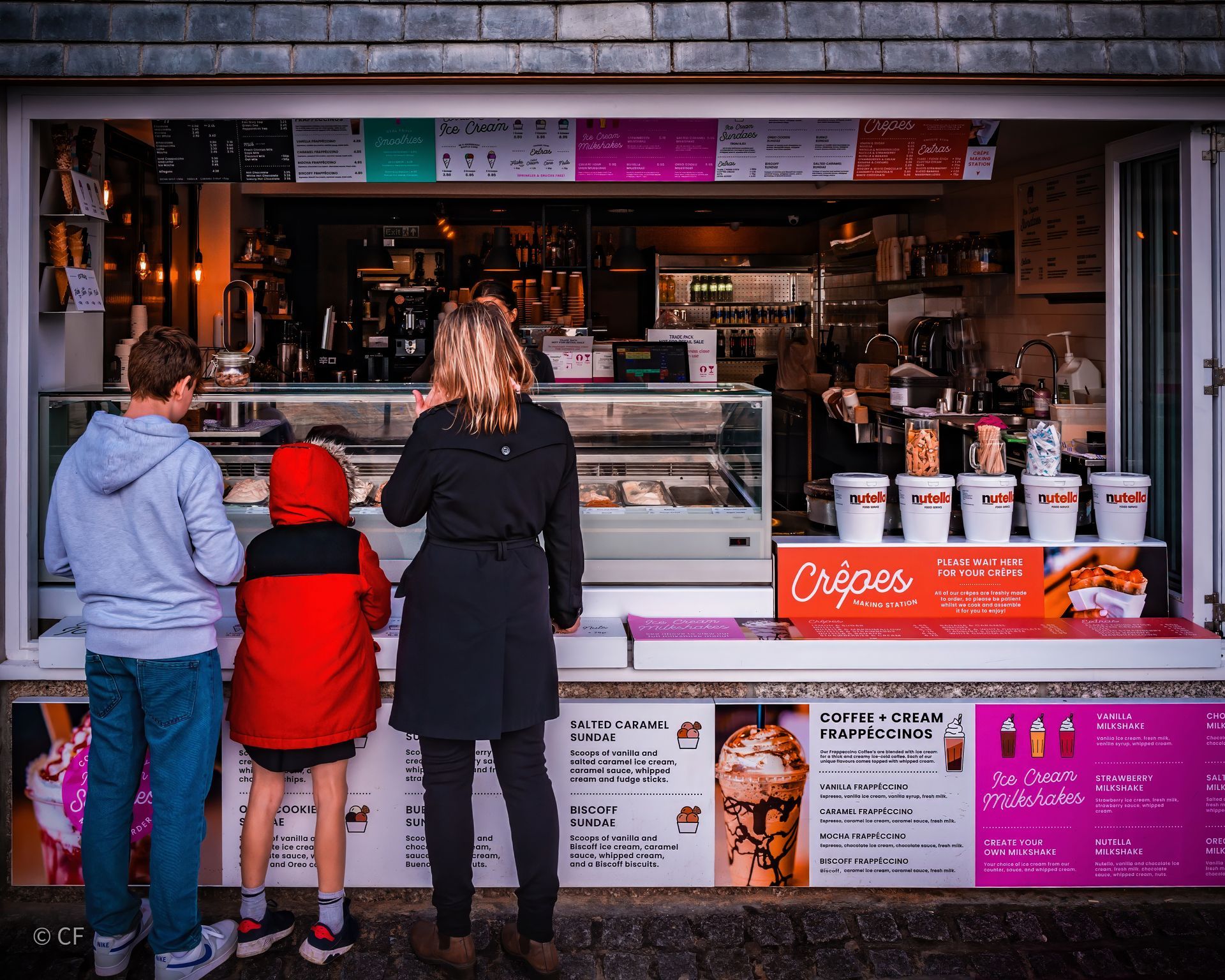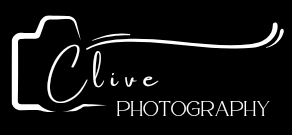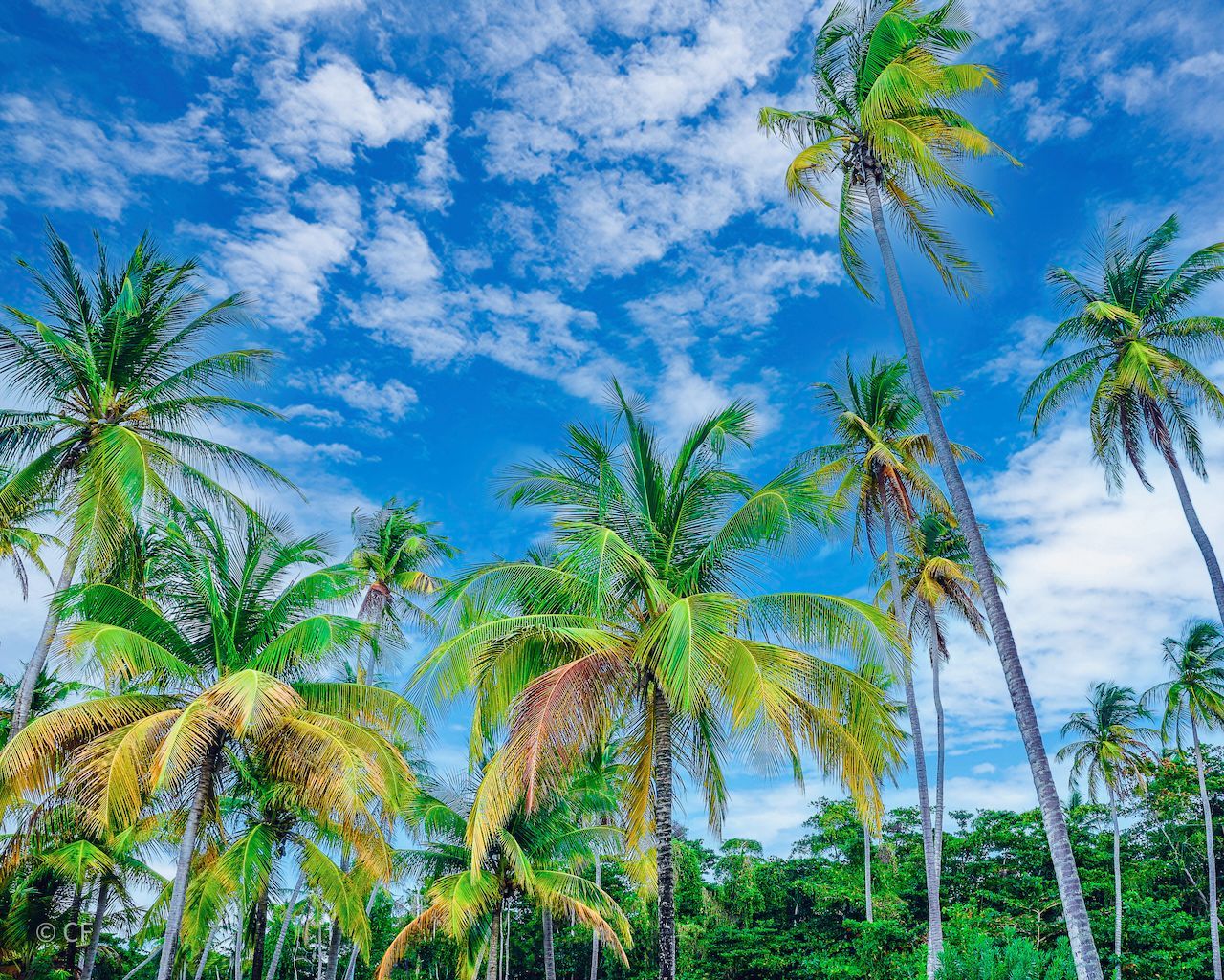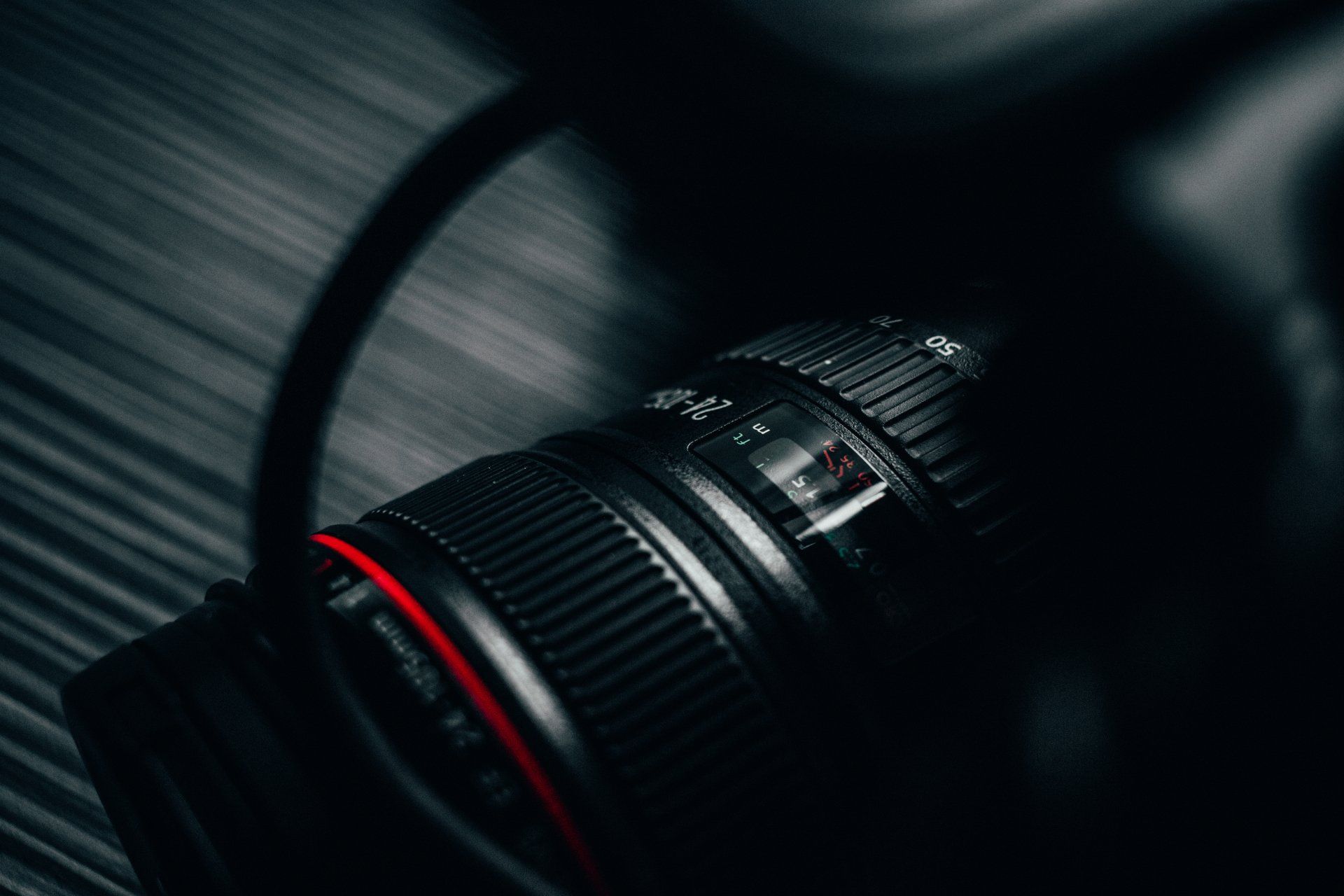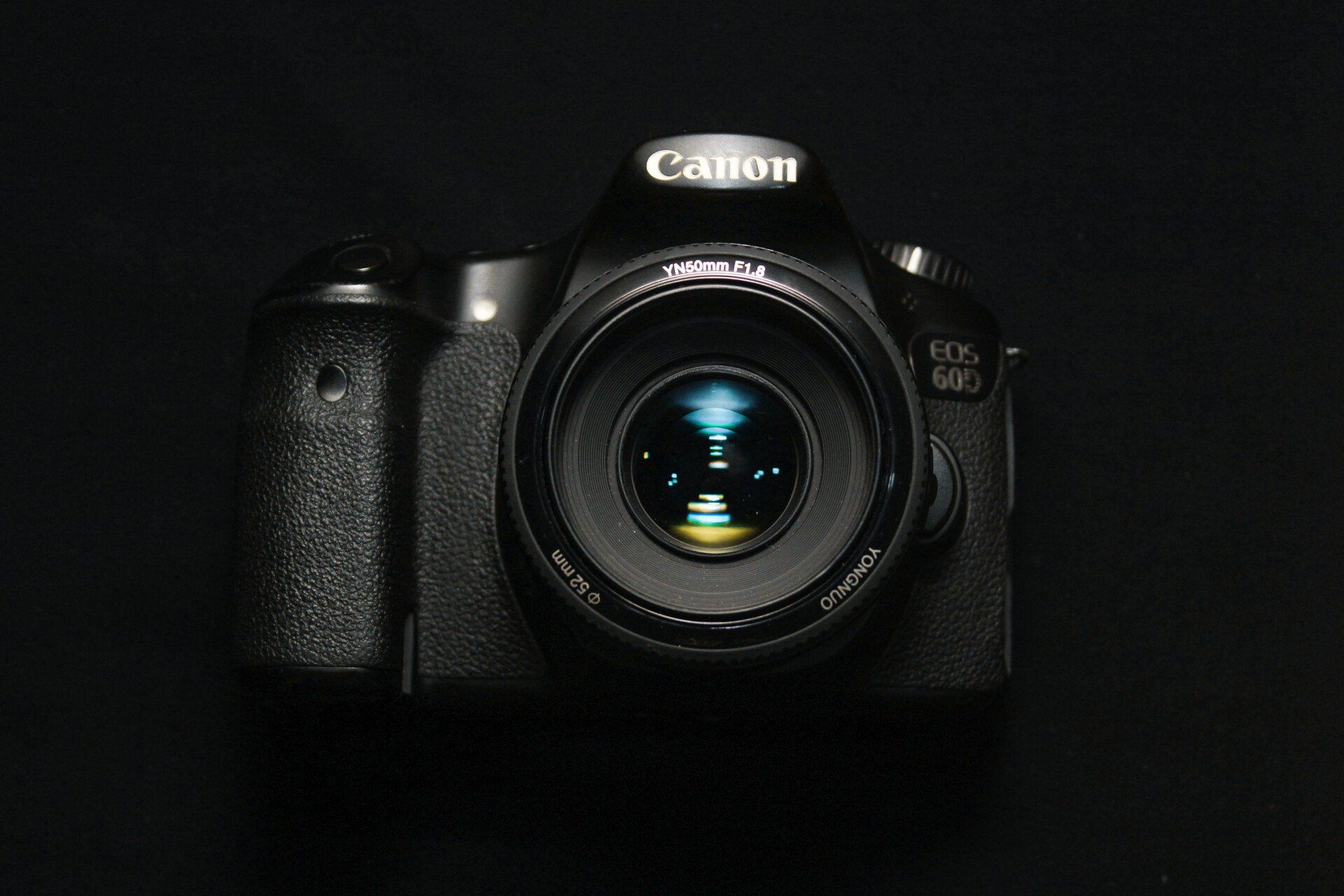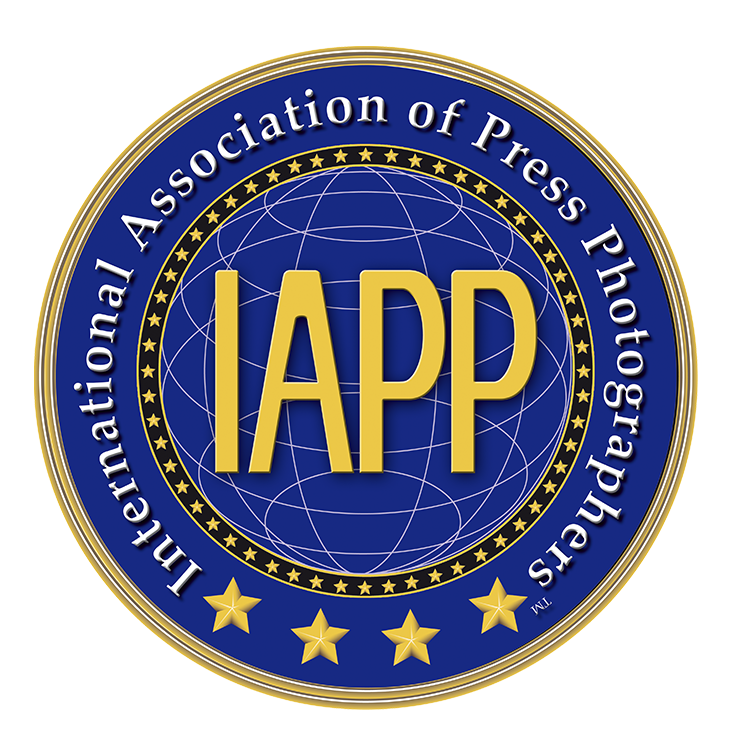Unveiling Camera Settings for Perfect Horse Jumping Photography
Horse Jumping Photography
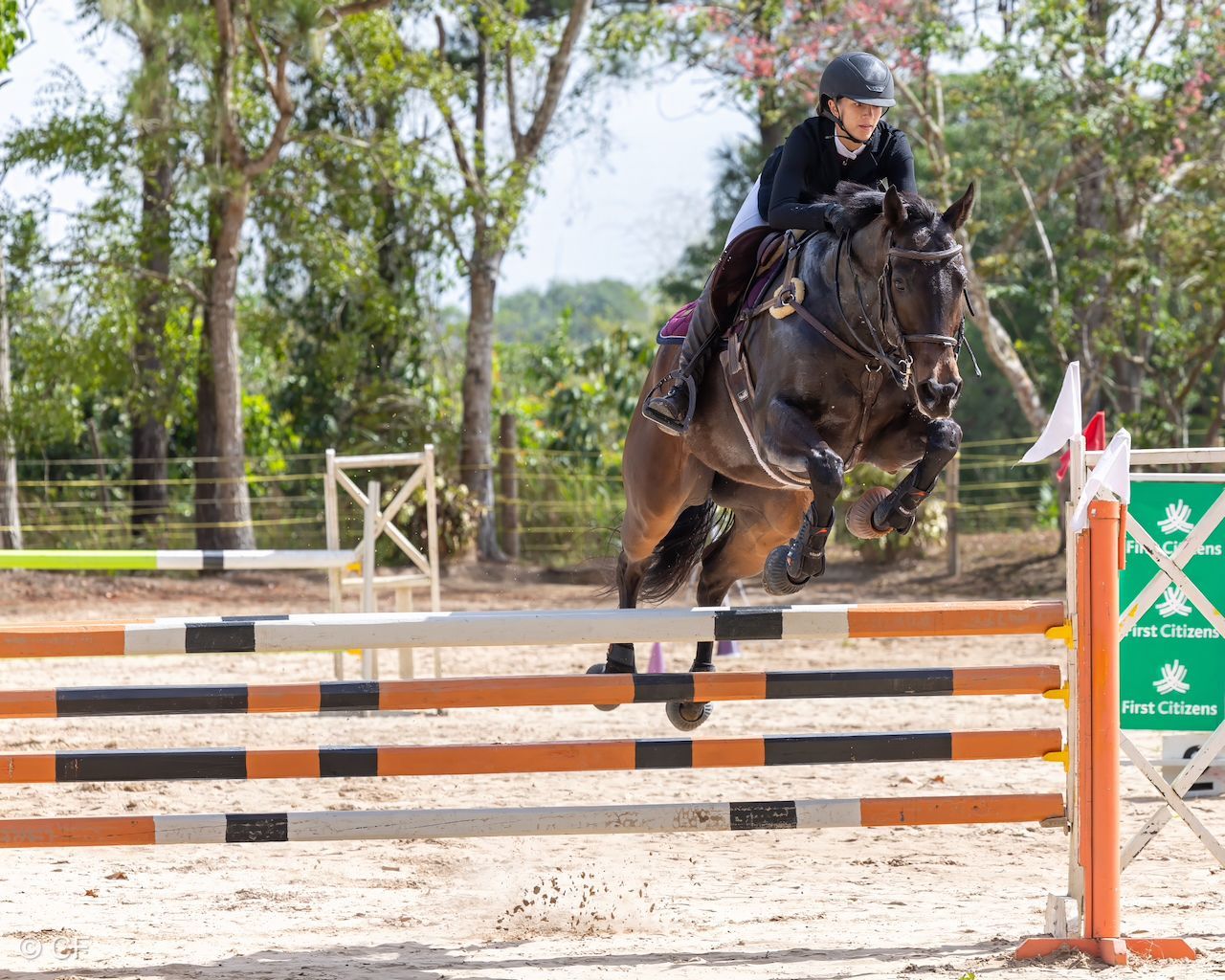
A thrilling and challenging field that requires precision, timing, and an understanding of both photography and the sport itself. Capturing the perfect shot of a horse mid-air or at the peak of its jump can be an exhilarating experience. However, it can also be daunting for beginners or even seasoned photographers who are unfamiliar with this specific niche. This post will guide you through the ideal settings to use for horse jumping photography.
Understanding Shutter Speed in Equestrian Photography
One of the most critical settings in equestrian photography is shutter speed. The shutter speed determines how long your camera’s sensor is exposed to light. In horse jumping photography where every millisecond counts, a fast shutter speed is essential to freeze motion and capture sharp images.
A shutter speed of at least 1/1000th of a second is recommended to freeze the action without any blur. However, depending on lighting conditions and how fast the horse is moving, you might need to adjust this accordingly. Remember that increasing your shutter speed will reduce the amount of light entering your camera, so you'll need to compensate with other settings such as aperture and ISO.
Mastering Aperture for Horse Jumping Photography
Aperture refers to the size of the opening in your lens through which light enters your camera. It affects both the amount of light reaching your sensor (along with shutter speed and ISO) and your image's depth of field.
In horse jumping photography, using a wide aperture (represented by smaller f-numbers like f/2.8) allows more light into your camera - crucial when using fast shutter speeds - and creates a shallow depth of field. This effect helps isolate your subject (the jumping horse) from its background, making it stand out more in your photos.
However, a wide aperture also narrows your depth of field, which can make focusing more challenging. If you're struggling to keep the horse sharp in your images, try using a slightly smaller aperture like f/4 or f/5.6.
Balancing ISO for Perfect Equestrian Shots
ISO is the third pillar of the exposure triangle, along with shutter speed and aperture. It determines how sensitive your camera's sensor is to light. In darker conditions, you might need to increase your ISO to allow your camera to capture enough light for a correctly exposed image.
However, a higher ISO also introduces more noise or grain into your photos. Therefore, it's always best to use the lowest ISO possible for the lighting conditions. In bright daylight, an ISO of 100 or 200 should be sufficient. On cloudy days or in shaded areas, you might need to increase this to ISO 400 or 800.
Choosing the Right Focus Mode
In horse jumping photography, your subject is constantly moving – often quickly and unpredictably. Therefore, using the right focus mode is crucial for capturing sharp images.
Most DSLRs and mirrorless cameras offer a continuous focus mode (often called AI Servo on Canon cameras or AF-C on Nikon models). This mode continuously adjusts the focus as long as you hold down the shutter button halfway, making it ideal for tracking moving subjects like jumping horses.
Conclusion
Horse jumping photography can be challenging but mastering it brings immense satisfaction. Understanding and manipulating your camera settings such as shutter speed, aperture, ISO and focus mode are crucial steps towards capturing those breathtaking equestrian moments in all their glory.
Remember that these settings are starting points - every shooting scenario is unique and may require adjustments based on lighting conditions and other factors. With practice and patience, you'll develop an intuitive sense of what settings work best in different situations - elevating not only your horse jumping photography but also your overall skills as a photographer.
Follow us on Facebook & Instagram
